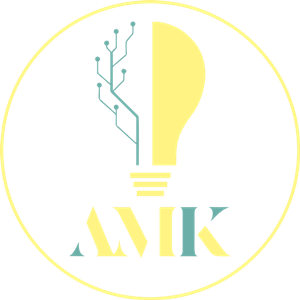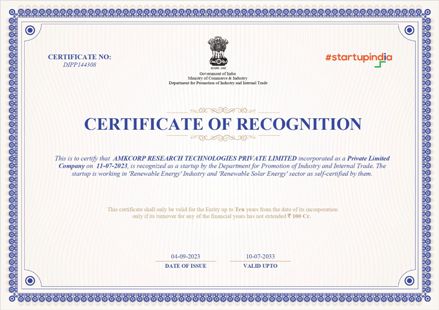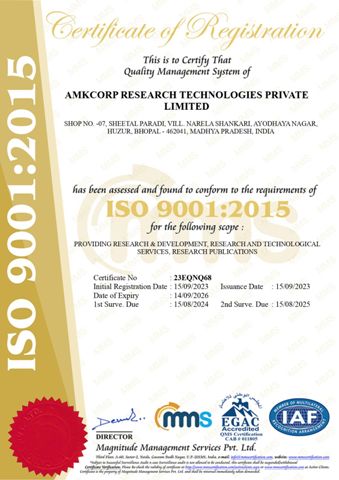Description
“Pedagogy and Practice: Effective Teaching Strategies for Educators” is an essential resource for teachers seeking to enhance their instructional methods and classroom management skills. This comprehensive guide is meticulously structured to provide educators with the knowledge and tools they need to create effective, inclusive, and engaging learning environments. The book is divided into ten detailed chapters, each addressing a critical aspect of teaching and education.
The journey begins with Chapter 1: Foundations of Effective Teaching, which explores the historical perspectives on teaching and the key theories of learning and teaching. This chapter lays the groundwork by discussing the principles of effective teaching, understanding student diversity, and the crucial role of teacher expectations. It also emphasizes the importance of reflective practice, creating inclusive classrooms, and building strong teacher-student relationships, all underpinned by professional ethics.
Chapter 2: Lesson Planning and Preparation, focuses on the significance of meticulous lesson planning. It covers setting learning objectives, designing engaging lesson plans, and incorporating educational standards. This chapter also delves into differentiating instruction for diverse learners, integrating technology, and the continuous assessment and revision of lesson plans. Collaborative planning with colleagues and the effective utilization of resources and materials are also highlighted.
In Chapter 3: Classroom Management Strategies, educators will find valuable insights into establishing classroom rules, building a positive culture, and effective communication techniques. Strategies for preventing and managing disruptive behavior, implementing restorative practices, and managing classroom time are discussed. The chapter also covers creating a safe and supportive learning environment and engaging students in self-management.
Instructional Methods and Techniques are the focus of Chapter 4. This chapter provides a variety of teaching strategies, including direct instruction, inquiry-based learning, cooperative learning, and differentiated instruction. It also explores project-based, problem-based, and flipped classroom methodologies, along with scaffolding, guided practice, and blended learning models.
Chapter 5: Assessing Student Learning, equips educators with various assessment techniques and methods. It covers formative and summative assessments, designing effective tools, providing constructive feedback, and utilizing rubrics and checklists. The chapter also discusses assessing student progress, standardized testing, alternative assessment strategies, and the role of self and peer assessments.
Integrating Technology in Education is the theme of Chapter 6. This chapter explores the role of technology in modern education, effective use of educational software, interactive whiteboards, and online learning platforms. It emphasizes digital literacy, blending traditional and digital teaching methods, managing technology-enhanced classrooms, and assessing the impact of technology on learning.
Chapter 7: Teaching Diverse Learners, addresses the strategies needed to support a diverse student population. It includes culturally responsive teaching, strategies for English Language Learners (ELLs), supporting students with special needs, and differentiating instruction for gifted students. The chapter also covers addressing socioeconomic barriers, gender-inclusive practices, teaching in multicultural classrooms, and fostering inclusive learning environments.
Professional Development for Educators, covered in Chapter 8, underscores the importance of lifelong learning. This chapter guides educators in identifying professional development needs, participating in professional learning communities (PLCs), attending workshops and conferences, and engaging in peer observation and feedback. It also discusses pursuing advanced degrees, reflective practice, staying current with educational research, and balancing professional development with teaching responsibilities.
Chapter 9: Parental and Community Involvement, highlights the importance of building partnerships with parents and effective communication with families. It provides strategies for encouraging parental involvement, organizing parent-teacher conferences, collaborating with community organizations, and addressing challenges in parental engagement. The chapter also emphasizes creating a supportive home-school connection and utilizing community resources for enrichment.
The book concludes with Chapter 10: Future Trends in Education, which explores the impact of globalization on education, trends in personalized learning, the rise of STEM education, and the importance of social-emotional learning. It discusses the growth of online and distance learning, innovations in curriculum design, the role of artificial intelligence in education, and preparing students for the future workforce. The evolving role of educators in the 21st century is also examined.
“Pedagogy and Practice: Effective Teaching Strategies for Educators” serves as a vital tool for educators at all stages of their careers, offering practical advice and innovative strategies to foster a dynamic and effective teaching practice.







Reviews
There are no reviews yet.